In our practice, women's health issues are treated in a holistic way. This includes hormonal complaints as well as everything to do with pregnancy.
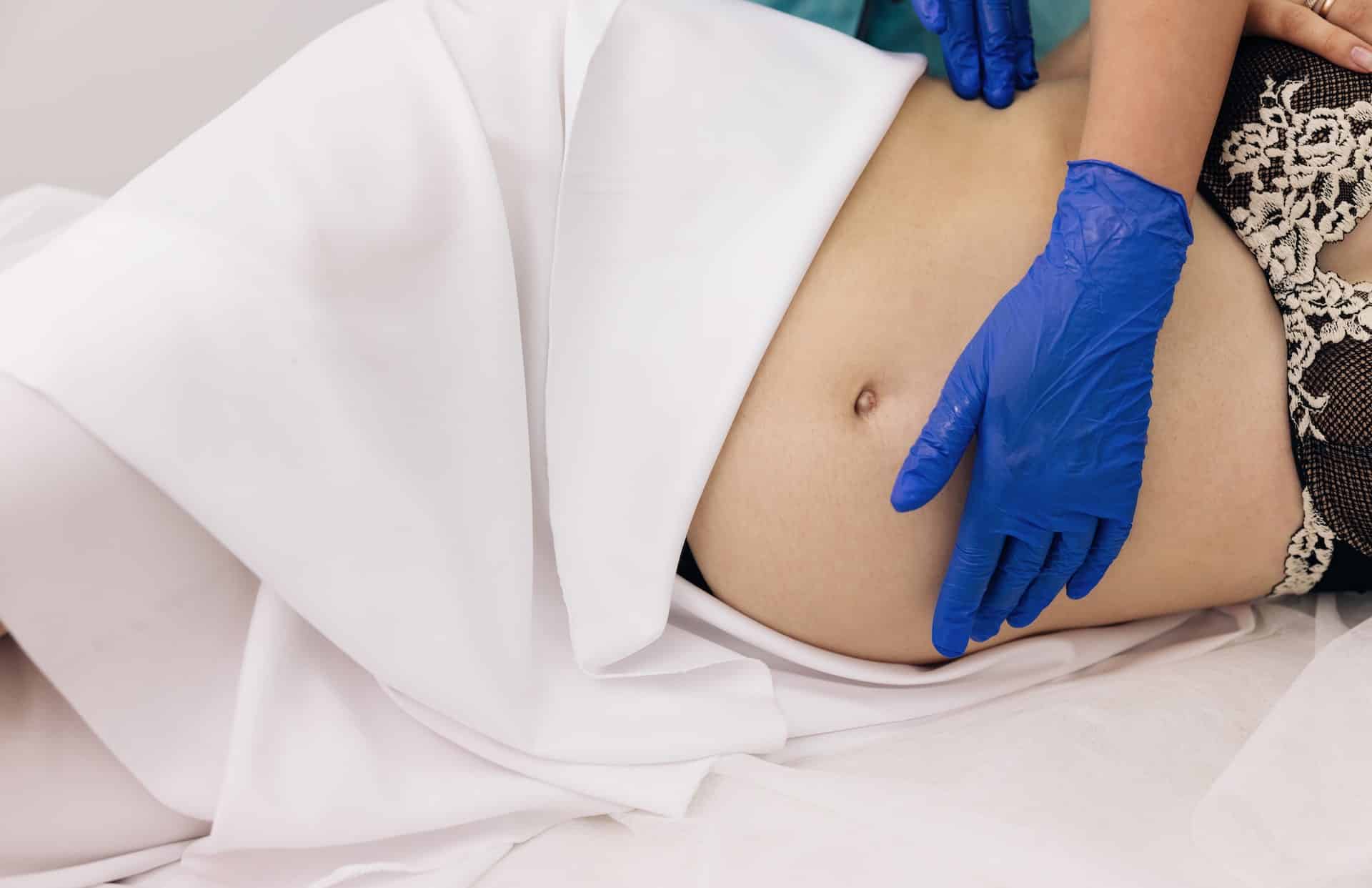
Osteopathy for women - A variety of complaints can arise before, during and after pregnancy, such as the desire to have children, pregnancy complaints (such as nausea, heartburn, feeling of pressure, back pain, tension, incontinence, shortness of breath), as well as injuries during childbirth or caesarean section. We also provide osteopathic support for birth preparation measures, to facilitate the passage of the baby through the pelvis (especially with a focus on the pelvis, pelvic floor and diaphragm), as well as a postnatal check-up and support for regression and breastfeeding.
Women's health is influenced by complex interactions between the autonomic nervous, hormonal and immune systems. The cyclical hormonal fluctuations can also have a strong impact on the rest of the body, such as muscles and ligaments. This includes menstrual pain and disorders, pelvic floor dysfunctions, female breast discomfort, vaginal foreign body sensations and pain, abdominal and pelvic pain, ovarian cysts, organ prolapse, recurrent bladder infections, incontinence, endometriosis, polycystic ovary syndrome, menopausal symptoms or general fatigue.
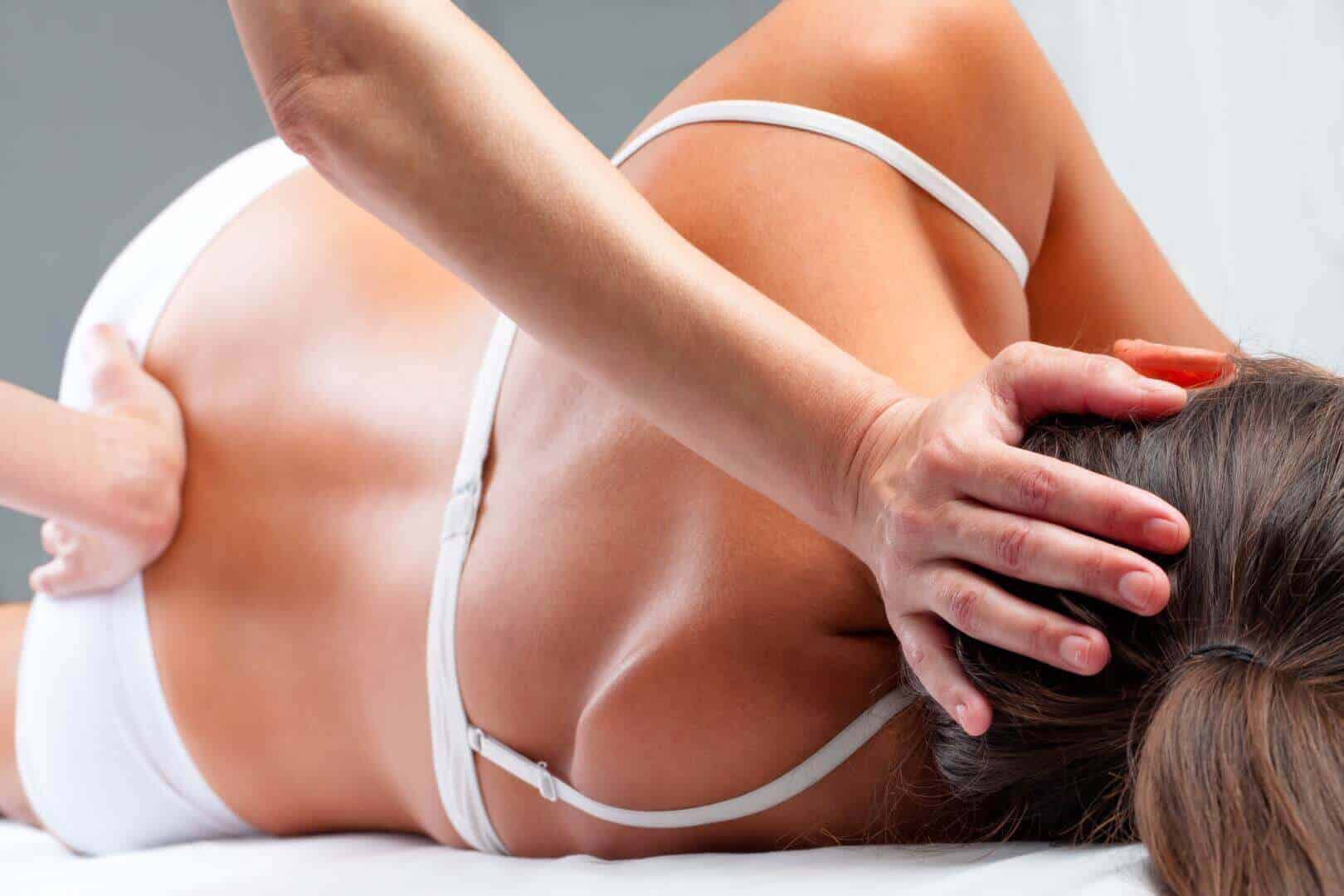
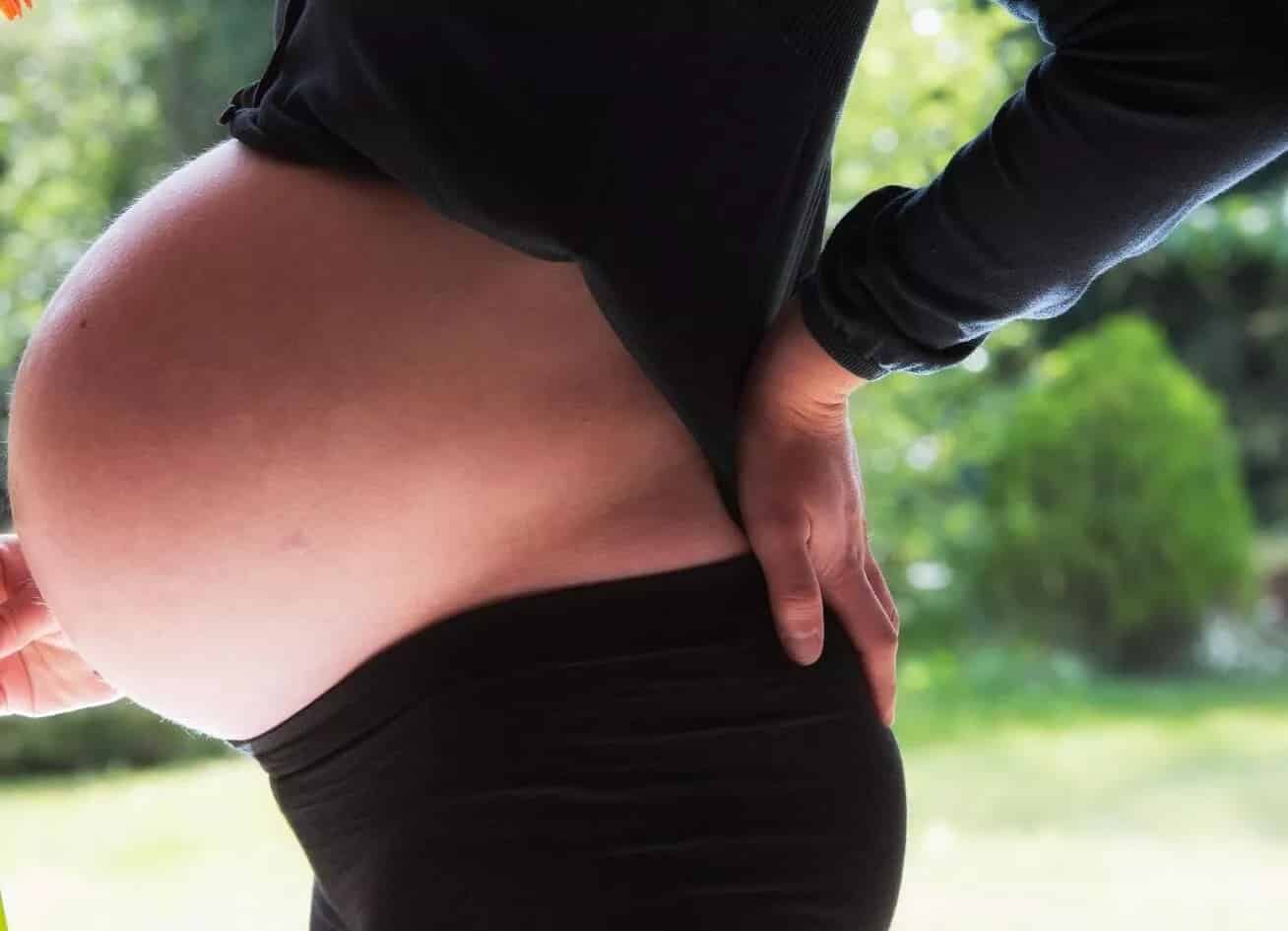

Women and men differ significantly when it comes to health and disease. Women show an increased risk of autoimmune diseases, but (if not on the pill) are generally less susceptible to infections related to viruses, bacteria, fungi and parasites compared to men.
These diseases are also usually less severe in women. Up to the menopause, women have a significantly reduced risk of high blood pressure.
Infertility, menstrual, menopausal, pregnancy and postpartum problems, organ prolapse, recurrent bladder infections, incontinence, endometriosis and polycystic ovarian syndrome, preparation for childbirth, check-up after the birth of the child, support with regression and breastfeeding problems.
Osteopathic manual therapy (OMT) relieves pregnancy-related back pain as well as persistent lower back pain after childbirth.
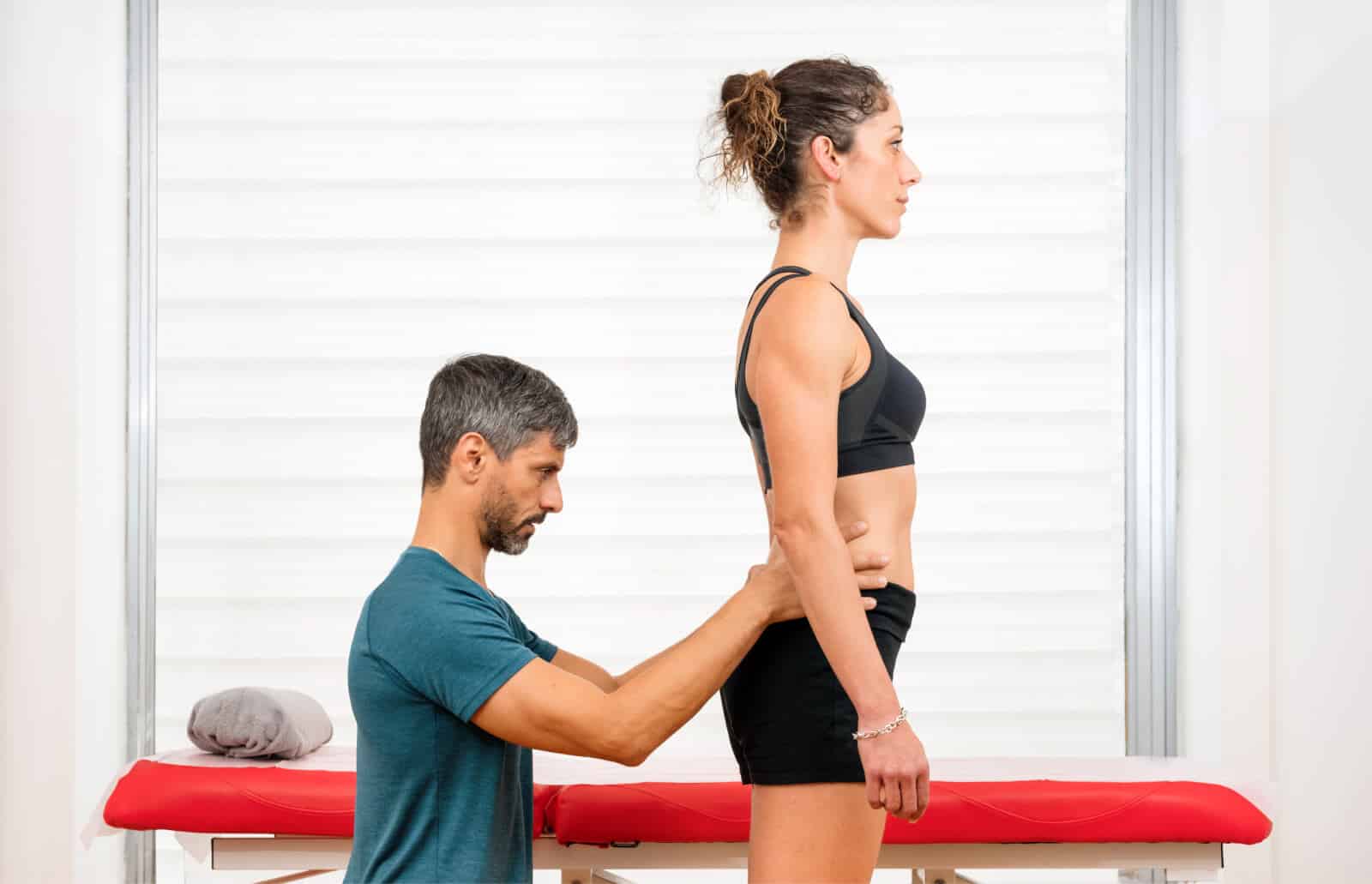
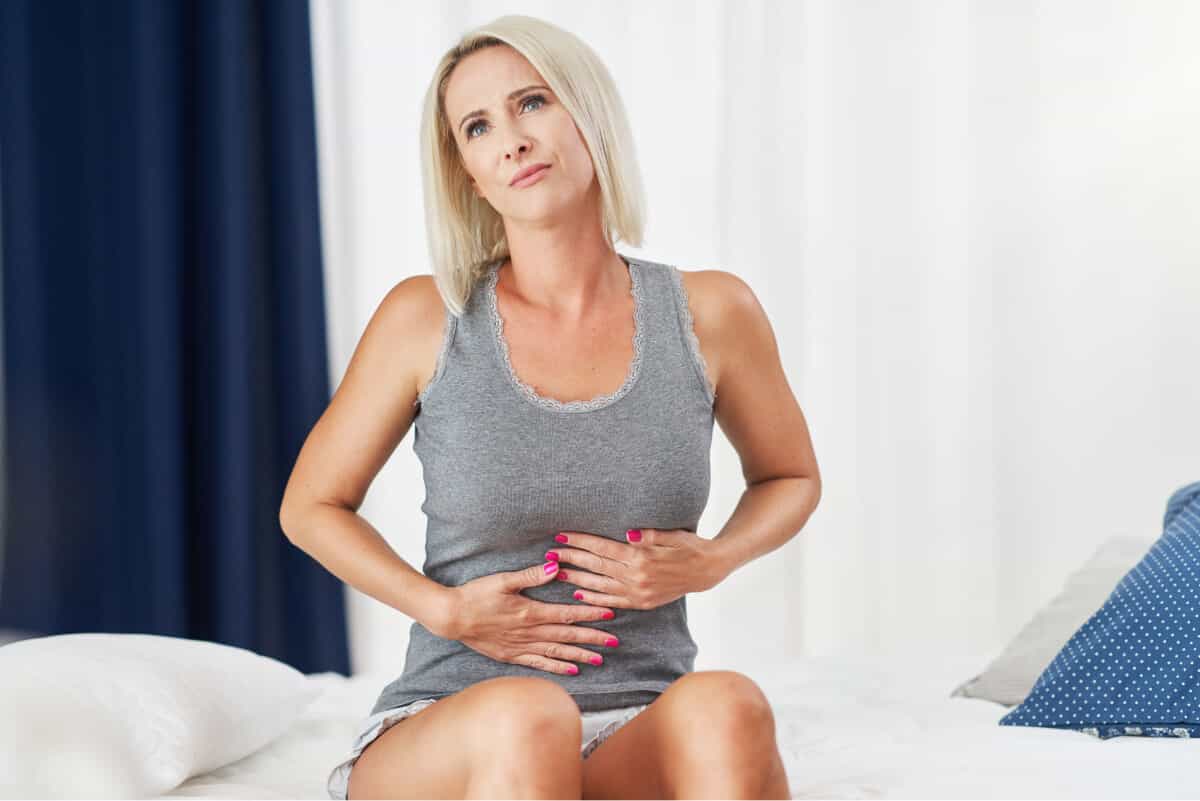
The menstrual cycle is an essential rhythm of life that is controlled by an interplay of different hormones and is also connected to metabolism. For example, there are interactions between circadian rhythms, sleep and the menstrual cycle.
More than 200 premenstrual symptoms have been described and the symptoms vary from woman to woman. The exact causes of this syndrome are not yet known, but the following factors may be involved.
In women with premenstrual syndrome (PMS), stress-induced stress dysregulates the stress axis (HPA axis), probably by indirectly decreasing estrogen levels.
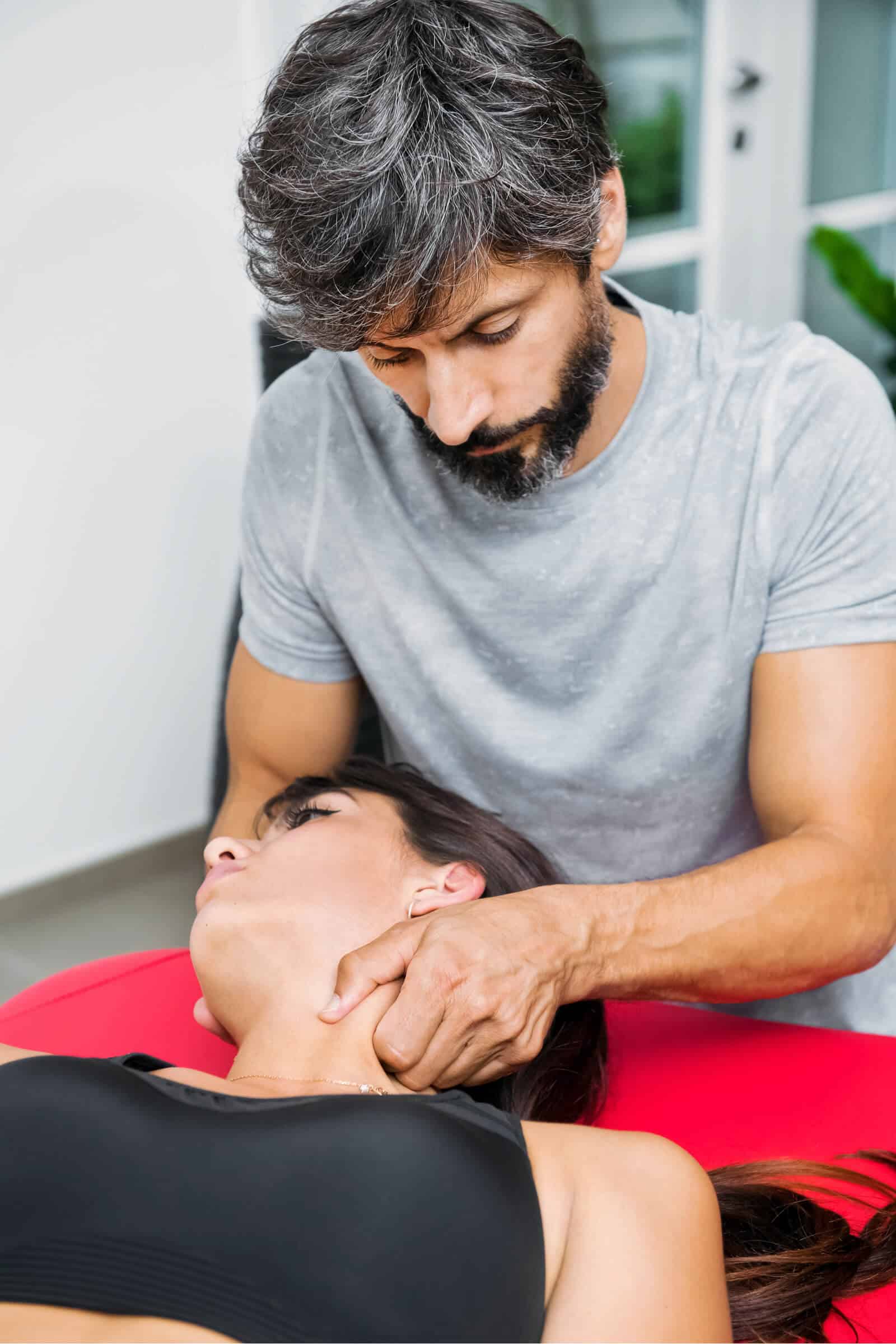
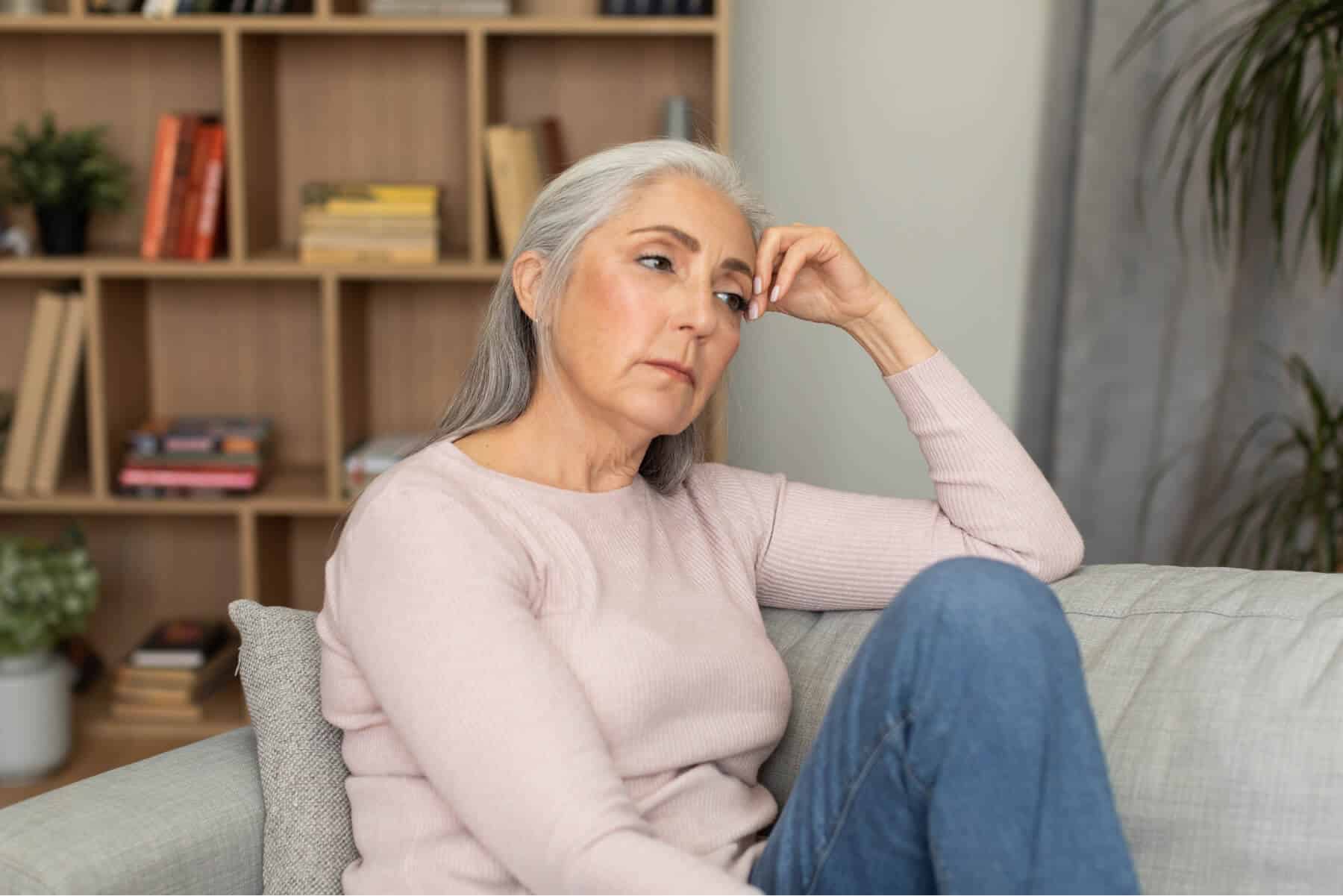
During the menopause, a variety of complaints can occur due to a decrease in oestrogen production: Hot flushes and sweats, sleep disturbances and fatigue, headaches, migraines, tissue loss of the mucous membrane with vaginal dryness, pain during sex, incontinence problems and intermenstrual bleeding as well as joint pain, skin elasticity, thickness and moisture decrease and wrinkling and weight increase.
What can you do? First of all, please realise: menopause is not an illness! They are a phase of life and part of life. And you can do a lot to reduce symptoms. We will be happy to advise you.
With my blog I would like to make the field of holistic health consisting of expert knowledge and practical insights on MIND, BODY and LIFESTYLE accessible to the general public.
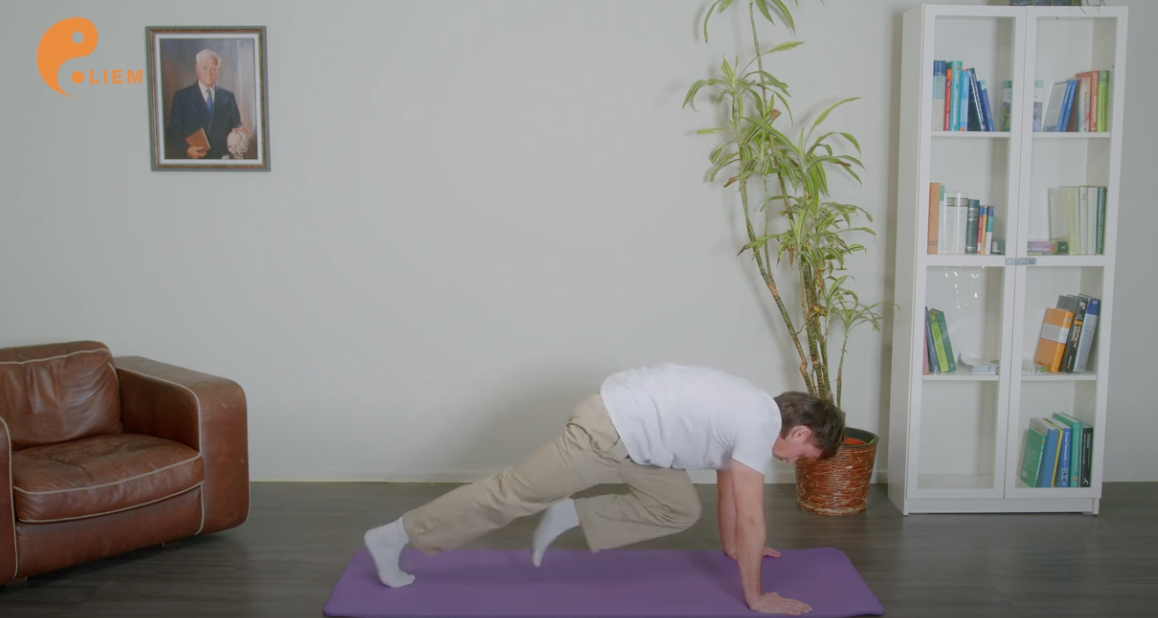
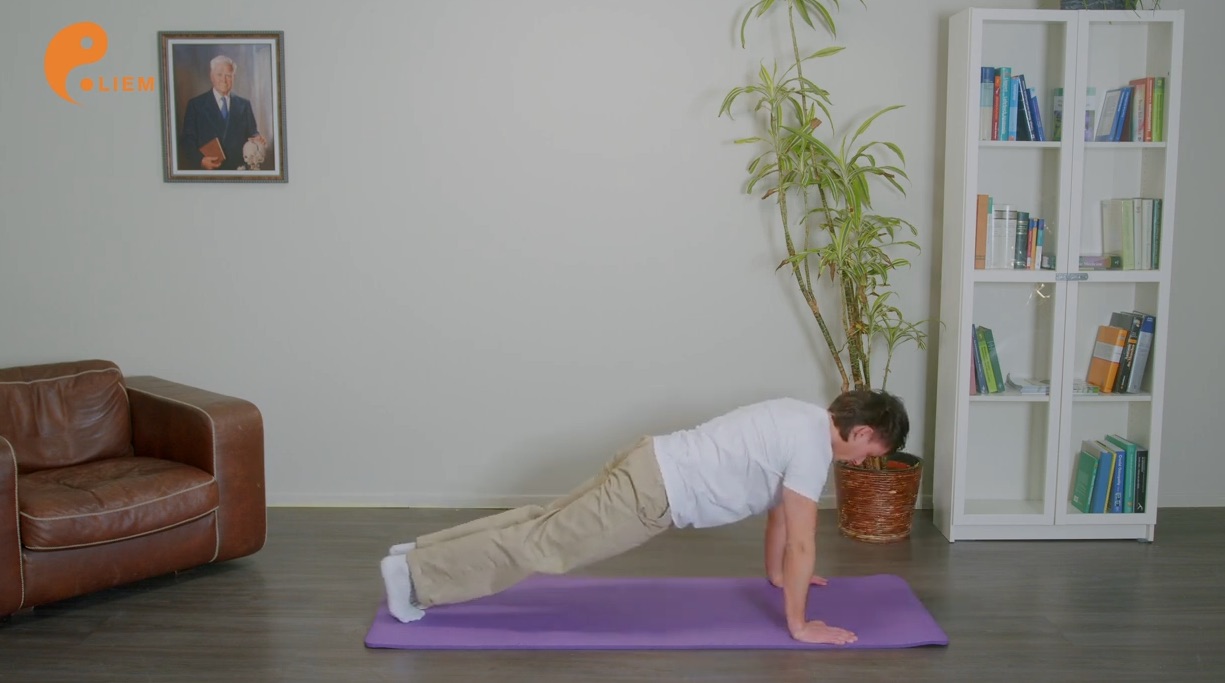
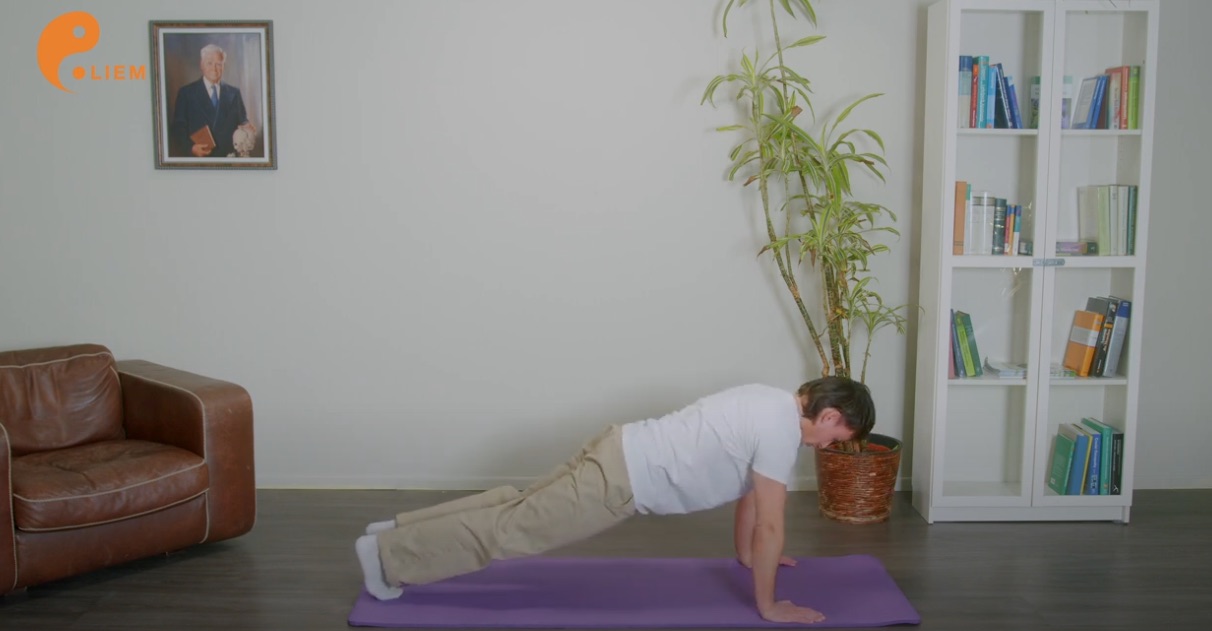
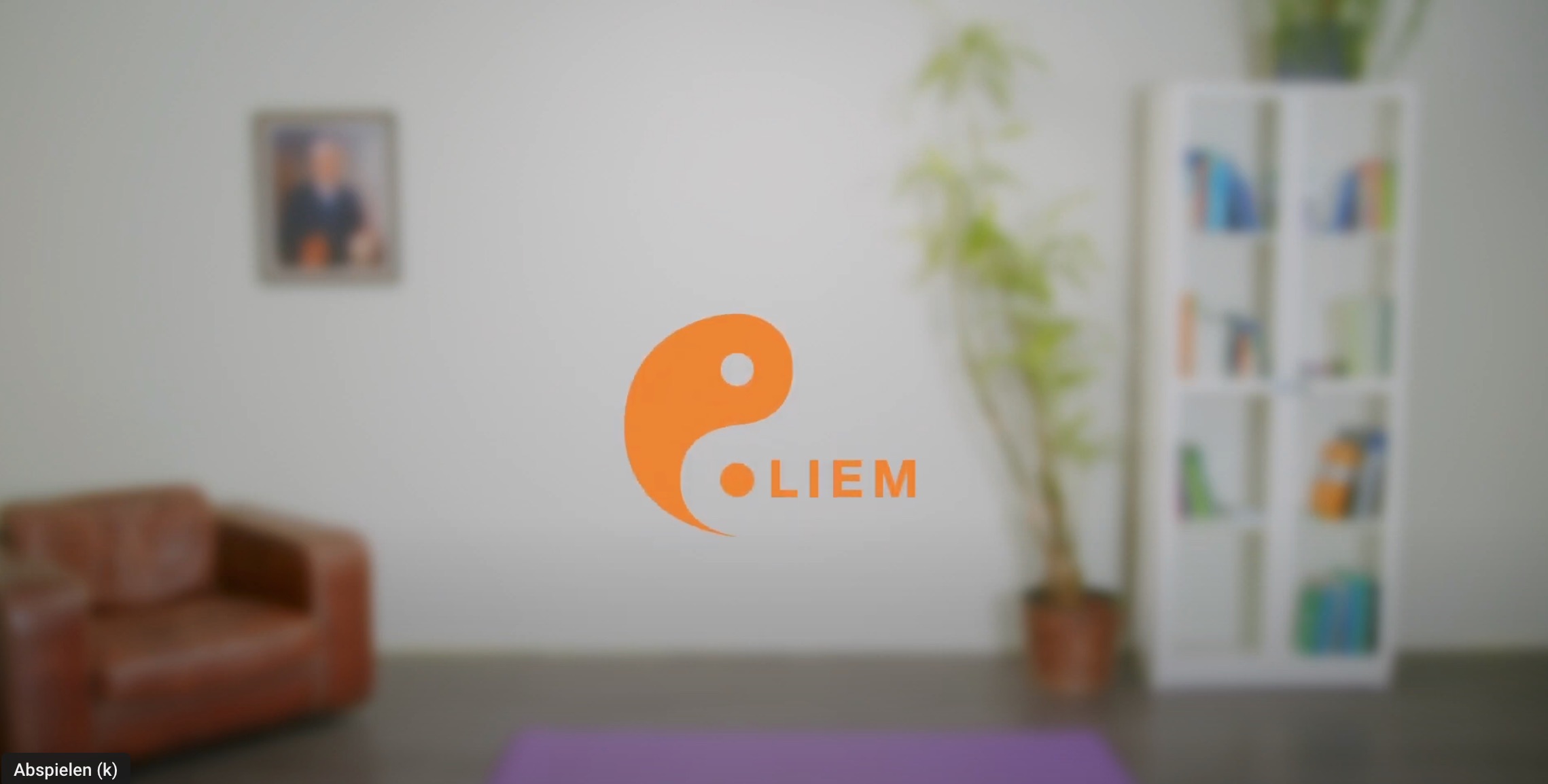
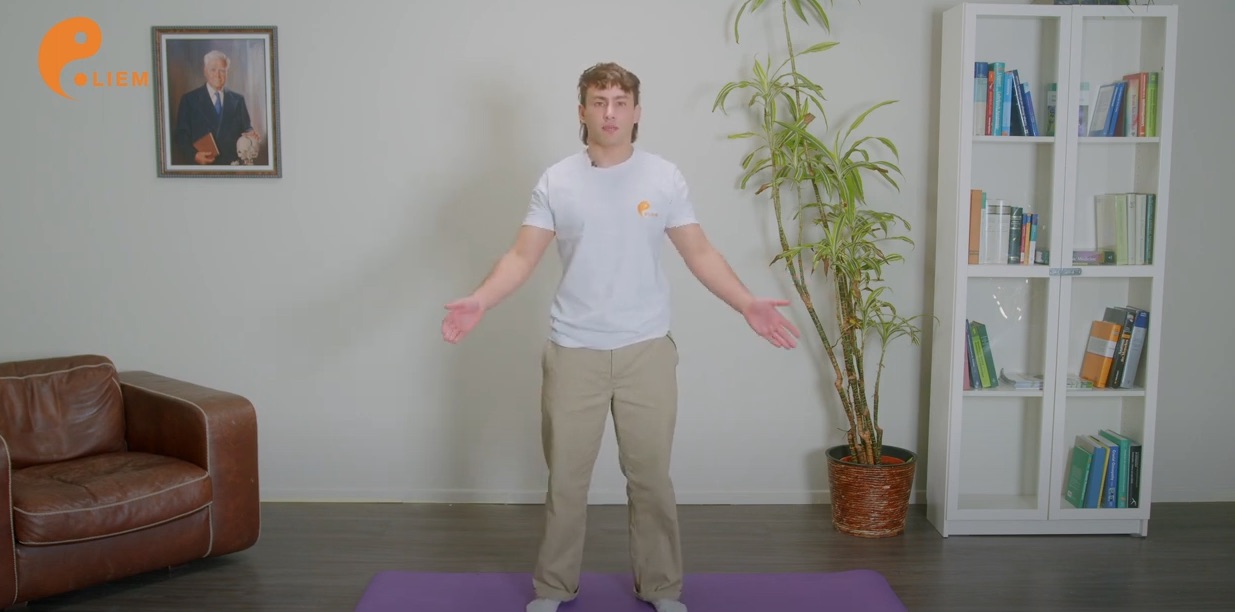

Liem Osteopathy Centre
Frahmredder 16
22393 Hamburg